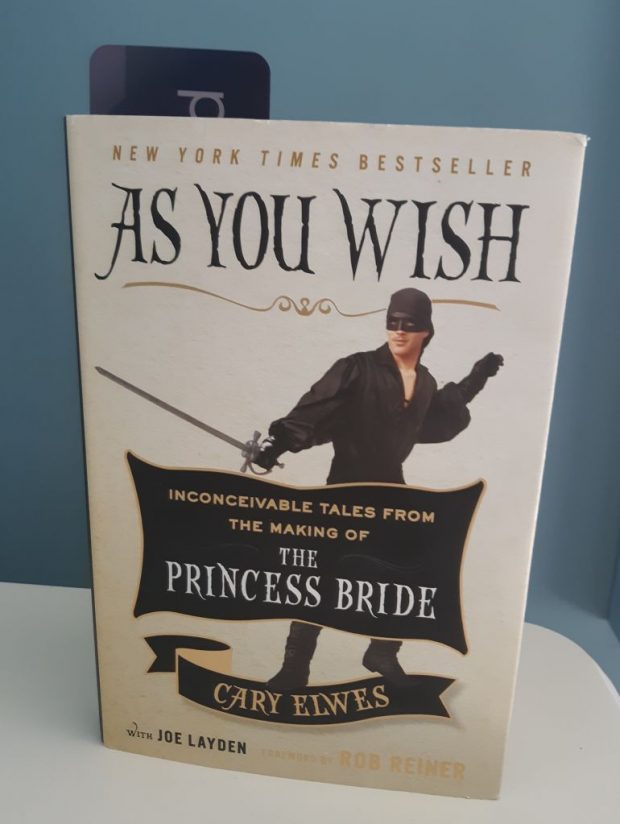Ah, the movies. They are a wondrous form of entertainment. The best of them usually have a fantastic storyline, include visually appealing sets and feature people who don’t just read lines, they live them.
Some of the greatest films are created completely from scratch by the brainpower of the scriptwriter. Some are inspired or loosely based on another source.
In my humble opinion, when it comes to making a movie based completely on a book, the mark somehow manages to almost always be missed.
That doesn’t mean those movies are terrible, or even just mediocre. However, when comparing the movie to the book it’s trying to capture they always seem a little – meh.
No amount of amazing effects or beautiful performances can measure up to the words written on a page. For instance, plot points have been cut or characters have been dulled despite brilliant actors.
There is, however, a book about a movie that succeeds in having the two storytelling vehicles live as equals. And this is a book about one of my favourite movies, The Princess Bride.
That’s why, when I was given a book from an awesome friend of mine written by the infamous Man-in-Black himself, Cary Elwes, I was more than happy to add it to my read-before-all-the-other-books-I-bought-and-haven’t-read list.
It didn’t disappoint.
As You Wish: Inconceivable tales from the making of The Princess Bride is a recollection after the 25th anniversary of the movie containing stories that took place before, during, and after the making of the movie. While Elwes is the main narrator, there are add ons from the remaining cast and crew (RIP Andre the Giant and Peter Falk) added throughout, outlined in darker boxes.
One of my favourite remarks is from Rob Reiner on Elwes attempting to hide a sprained big-toe on set during an important shooting day.
“’I only found out Cary broke his toe because someone told me “You’re going to see Cary can’t walk too good,” … There’s this scene where he sits down and he’s leaning up against this log. And you can see the way he sits down, with his leg extended, he didn’t want to put any weight on it. And when he did it I thought, Wow! What an elegant way to sit down. I didn’t realize he just couldn’t put any weight on his toe.”
This book in my opinion almost as good as the movie itself with Elwes’s use of iconic lines throughout the narrative that are well -placed and not too over done. A perfect example of this was when Elwes wrote about Goldman’s struggles in getting the movie made.
“…It made sense that Goldman was naturally reticent to let his heart get excited all over again only to be potentially disappointed. I guess he hadn’t gotten “used to disappointment” when it came to that particular project.”
Elwes’s narrative also doesn’t come off as self-serving or overly flowery despite being written with nostalgia. It just comes out as someone who was proud to work on a film that is so cherished by many generations and wanted to share some more of the tale to keep it alive for many more.
So to Elwes keeping this alive, I can only say, “As you wish.”



